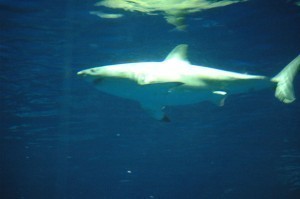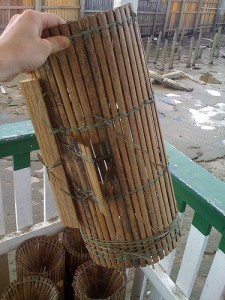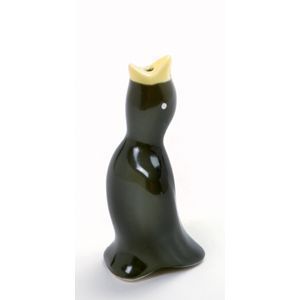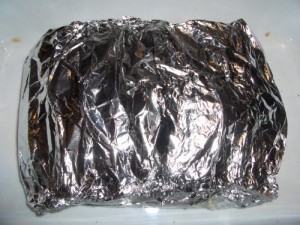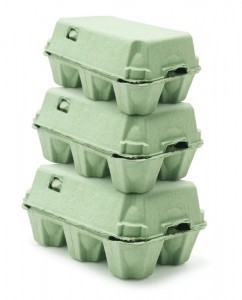What is the Size of a Salmon?
The size of a salmon will depend on the species. The Chinook salmon can range from 10 lbs to 135 lbs. They are the biggest of the Pacific salmon species. The Coho salmon has an average weight of 6 to 12 lbs but can also go up to 31 lbs. The Chum salmon usually weighs between 10 – 15 lbs up to a maximum of 33 lbs. The Sockeye or Red salmon weighs 5 – 8 lbs but some species can reach 15 lbs.
The Atlantic Species
Several species belong to the Salmonidae family. The Atlantic has a single known species, the Atlantic salmon (salmon, Salmo salar). However there are landlocked salmons in Northern European lakes.
The same holds true for some lakes in North America. The size of a salmon in the landlocked areas is not different from the Atlantic salmon, but they have developed a non-migrating lifestyle.
The Pacific Species
There are numerous species here, all falling under the Oncorhynchus genus. The Cherry salmon is situated off Korea, Russia and Japan. A landlocked species is found at the Chi Chia Wan Stream in Taiwan. It is known as the Taiwanese salmon.
As stated, the Chinook are the largest of the Pacific species. They are also called Blackmouth or King in the United States. In British Columbia the name Tyee is used to refer to King salmons over 30 lbs.
The Chum salmon is also known as Calico or Dog. These are the 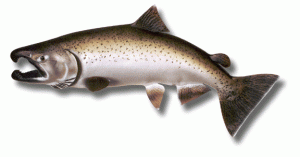 most wide ranging of the salmons in the Pacific. They can be found at the Sacramento River in CA, off Kyushu Island at the Sea of Japan, also in Canada and Siberia.
most wide ranging of the salmons in the Pacific. They can be found at the Sacramento River in CA, off Kyushu Island at the Sea of Japan, also in Canada and Siberia.
Another species at the Pacific is the Pink salmon. The size of a salmon in this species averages 3.5 lbs (1.6 kg) to 4 lbs (1.8 kg). It is the smallest known of all salmons.
The Red salmon is found in the eastern and western Pacific. The Red salmon is unique owing to its diet of plankton. Most mature salmons feed on shrimps and other smaller fish.
Birth and Development
The eggs are produced at freshwater streams. The salmon usually spends at least a year in the ocean until they attain sexual maturity. Some specifies will spend five years at the open waters. It has been proven that adult species return to the birthplace to spawn.
How the salmon is able to remember this is unclear. Several species travel thousands of miles to spawn. Most of the species will undergo physical changes before spawning. It has been shown that almost the Pacific species die after spawning. The few that survive turn into kelts.
Diet
Salmons feed on crustaceans, amphipods and various insects in the sea. It is only when the fish get older that they feed on smaller fish.
The size of a salmon and its life cycle has been studied extensively. In terms of food and aquaculture, the salmon is one of the most important. When it comes to economic value, salmon aquaculture brings in a billion dollars every year.
